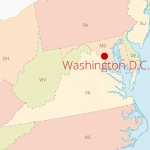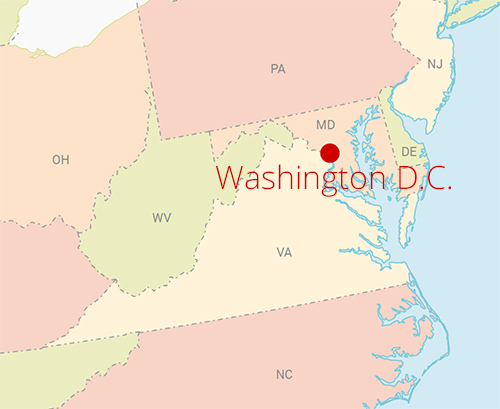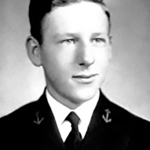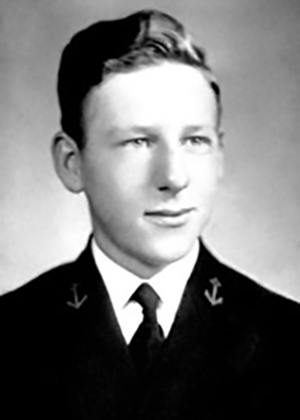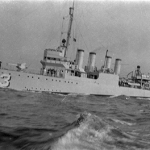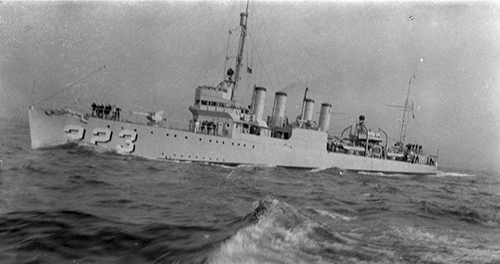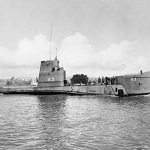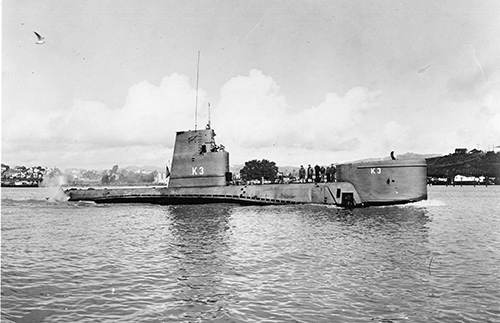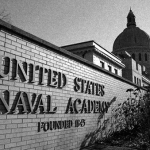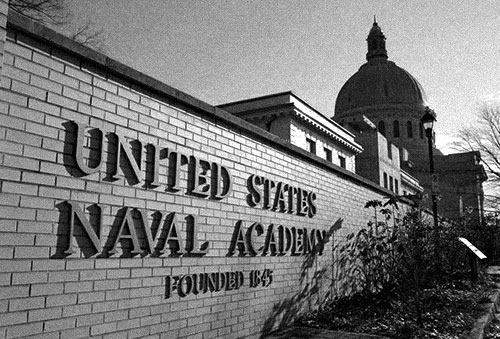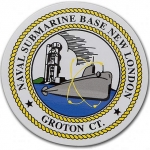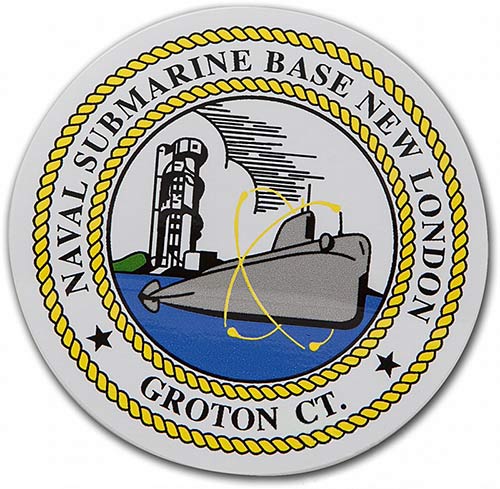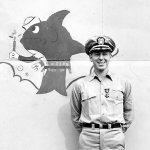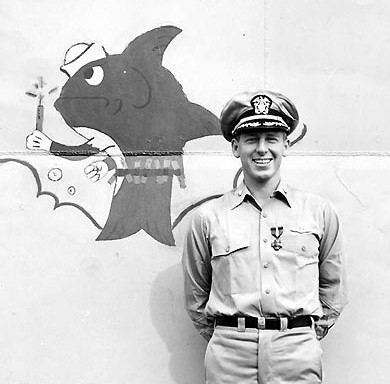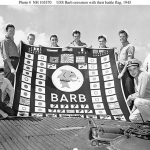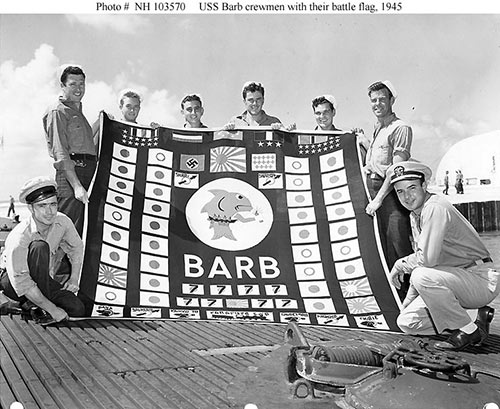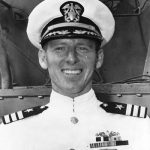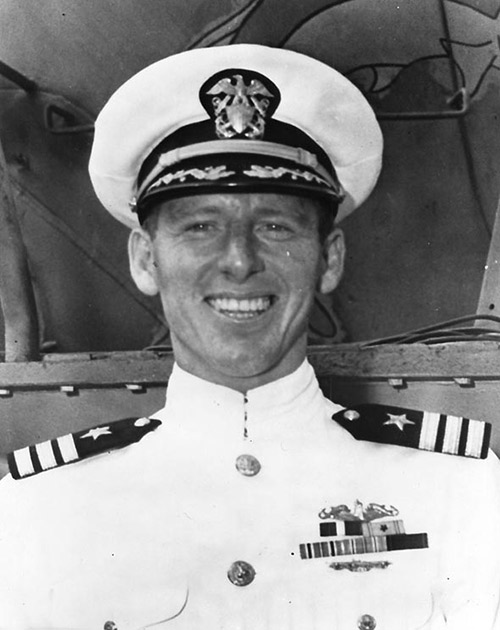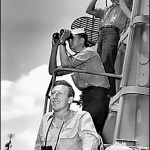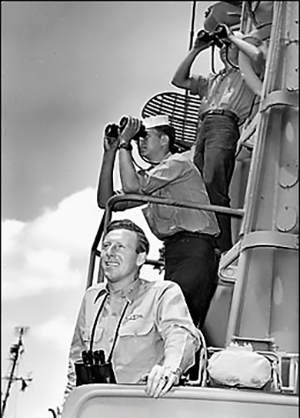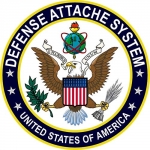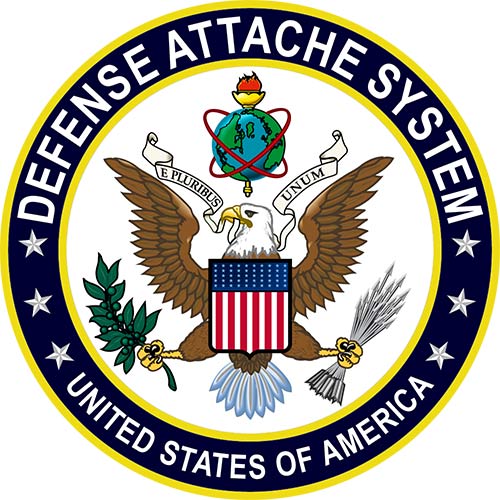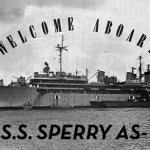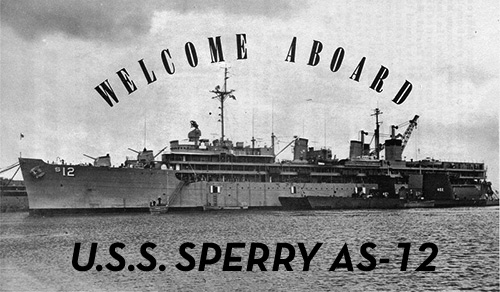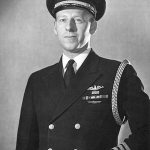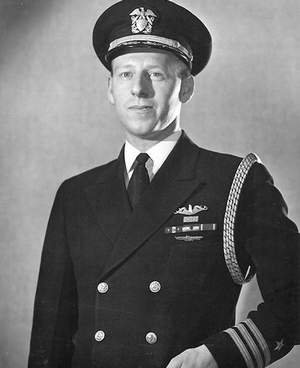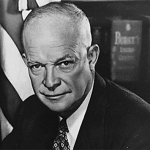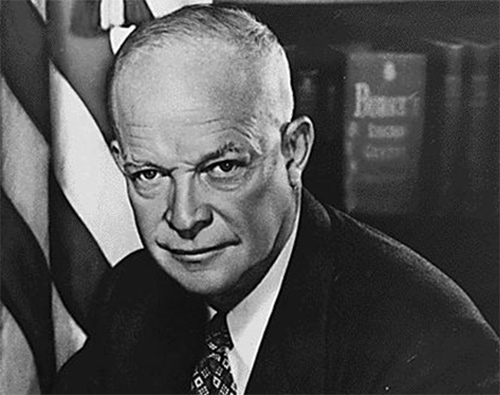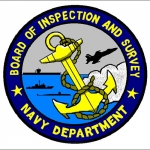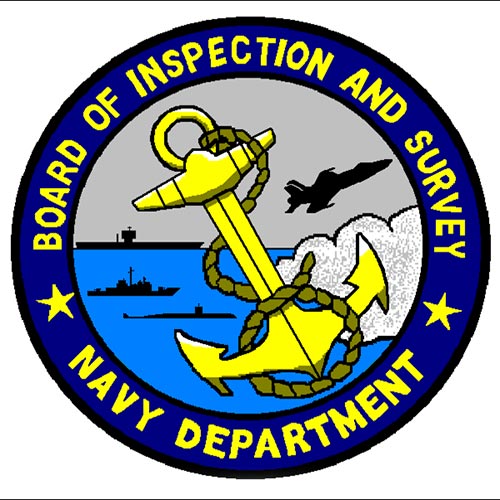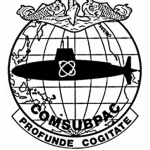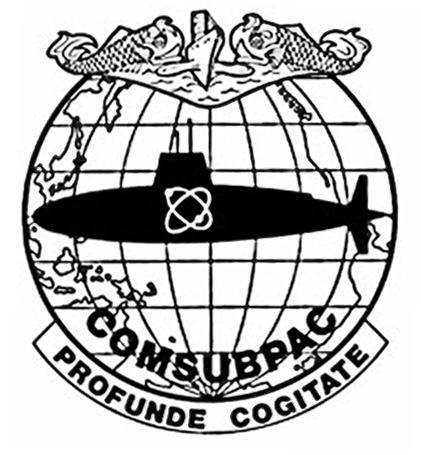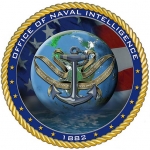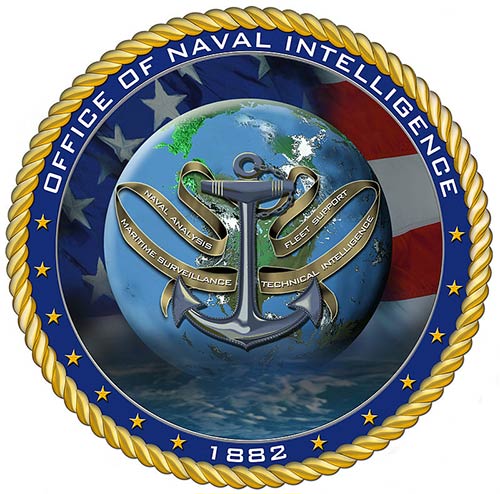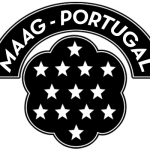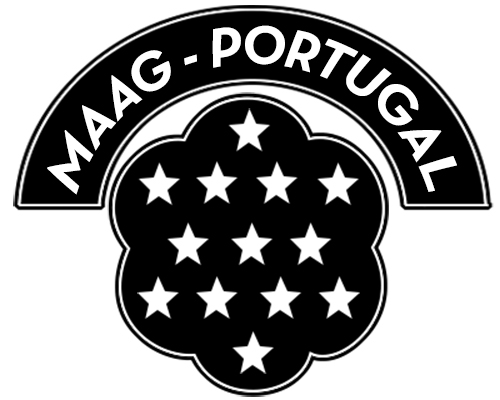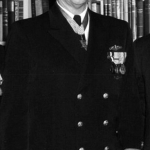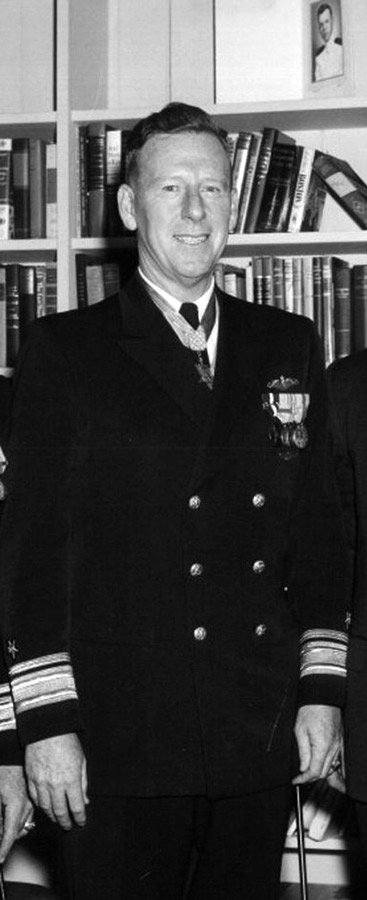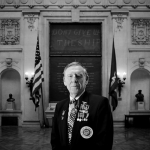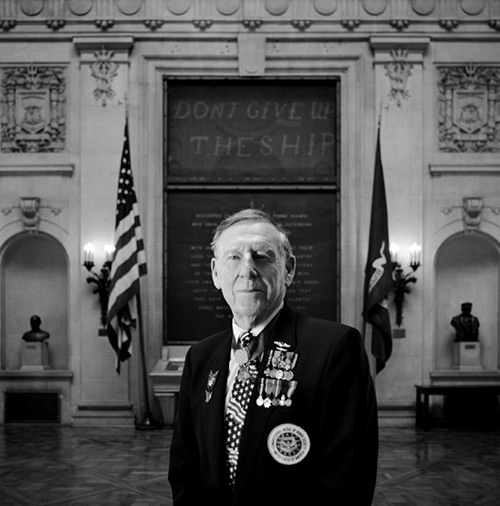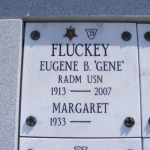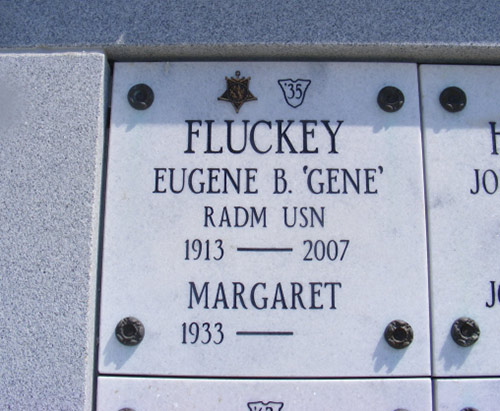Rear Admiral Eugene “Lucky” Fluckey
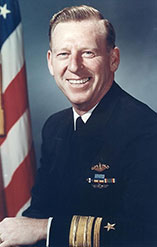
Biography
Eugene "Lucky" Fluckey was an exemplary officer whose innovations in submarine tactics and dedication to his country proved integral to the advancement of the United States Navy. He was born, on October 5th, 1913 in the bustling and politically saturated city of Washington, D.C.. Fluckey was an upstanding and ambitious individual; which showed from boyhood. As a member of the boy scouts he earned the highest honor of Eagle Scout. Although he was bestowed the nickname "Lucky Fluckey", the rear admiral was never one to take the easy way out and he worked and trained tirelessly to accomplish the feats, honors, and positions he achieved.
After attending college at Mercersburg Academy in Pennsylvania he prepared for the Naval Academy at Columbian Preparatory School in Washington, DC. From 1931 to 1935 he attended the United States Naval Academy. His first assignment, after graduating, was on the USS Nevada (BB-36). In 1936 he was reassigned to the USS McCormick (DD-223), a destroyer ship. Ever ambitious, in June 1938 he started training at the Submarine school in New London, Connecticut. Upon finishing up his instruction there he was initially assigned to the USS S-42 (SS-153) but by December 1938 he was transferred to the USS Bonita (SS-165). It was on the USS Bonita that he participated in five war patrols. In 1942, after four years aboard the USS Bonita, he left to study naval engineering at the graduate level in Annapolis, Maryland. In November of 1943 he returned to New London, Connecticut, where he attended the Prospective Commanding Officer's School at the submarine base. After all this training he was sent to participate in active duty operations oversees.
The USS Barb was the submarine upon which Admiral Fluckey achieved some of his biggest accomplishments. In 1944 he was assigned to the USS Barb (SS-220) as the prospective commanding officer. On April 27th of the same year, after completing one war patrol, he was assigned the commanding officer position. He was incredibly innovative in his strategies and tactics and invented the night convoy attack from astern by joining the flank escort line. This attack allowed the vessel to creep up on an unsuspecting enemy. The Barb would chase enemies on the surface instead of deep below the waters; allowing for the sub to operate at faster speeds; comparable to that of a torpedo boat His boat was the first to employ the use of rocket missiles. Under his direction the Barb ranked fourth in sinking the most amount of Japanese ships and first in sinking the most tonnage of ships (95.360 tons) during World War II. All in all he and his crew sunk seventeen ships including a carrier, a cruiser, and a frigate. Eugene Fluckey earned the Navy Cross for his eight, ninth, tenth, and twelfth war patrols and the Medal of Honor for the eleventh patrol while aboard the submarine.
During his first patrol as the commanding officer, Eugene Fluckey helped to take down five enemy ships and trigger the events that would destroy twenty small vessels. On September 17th, 1944 during Barb's 9th patrol, fourteen Australian and British prisoners of war were rescued. While they were being transported to Japan the ship sank. In spite of a typhoon and a distance of 450 miles, Fluckey and his crew were still able to locate and save them.
The 11th patrol of the USS Barb is perhaps the most notable one. It ran from December 19th, 1944 through February 15th 1945. During the first engagement a large ammunition ship was sunk. It was during the second engagement that Fluckey would act in a manner that earned him the Medal of Honor. It was a dark night on January 25th, 1945, Fluckey found thirty Japanese ships in the Nankuan Chiang Harbor, off the coast of China. He found himself in shallow waters and he knew that the escape would not be easy. In defiance of the odds he fired into the minefield and landed eight hits on six of the merchant ships. With deft maneuvering he set the world record for submarine speed. He escaped two Japanese destroyers and sunk an enemy freighter while retreating at speed of 23.5 knots (approximately 27 mph). These actions proved to be a great advantage and greatly upset the Japanese shipping system.
The only United States landing on the main islands of Japan during World War II was carried out by Eugene Fluckey on July 18th, 1945. It was the 12th patrol of the USS Barb and the submarine was just off the coast of Karafuto. Fluckey sent his men ashore and instructed them to place a bomb on the tracks of the coastal railway The explosion destroyed a sixteen car train and damaged the railroad.
After his 12th patrol on the USS Barb in August of 1945, Fluckey returned from the war and was assigned to Groton, Connecticut to supervise the finalization of the construction of the USS Dogfish (SS-360). The initial plan was for him to become the commanding officer once the boat was complete. However, once the Dogfish was finished he was sent to the office of the Secretary of the Navy so he could work on a project to unify the Armed Forces. From there he was transferred to the war plans division and in December of 1945 the Chief of Naval Operations, Fleet Admiral Chester W. Nimitiz, chose him to be his personal aide. In June of 1947 he once again took command of a submarine, the USS Halfbeak (SS-352). Two years later in June of 1949 he was tasked with the mission of establishing the Submarine Naval Reserve Force. In 1950 he was given the position of flag secretary for Admiral James Fife, Jr. In October of 1950 until July of 1953 he was the United States Naval Attache and Naval Attache for Air to Portugal. In 1953 he became the commanding officer of the USS Sperry (AS-12). He was commander of the Submarine Flotilla Seven from October 14th, 1955 until January 14th, 1956. Eventually he returned to the Naval Academy where he was the chairman of the Electrical Engineering Department. He was appointed to Rear Admiral, the highest rank he achieved, by President Dwight D. Eisenhower in July 1960. By 1961 he was the chairman of the Naval Board of Inspection of Survey and from June 1964 to June 1966 he served as ComSubPac (Commander Submarine Force, Pacific Fleet). The honor of Director of Naval Intelligence was his job from 1966 - 1968. He returned to involvement with Portugal in 1968 and became Chief of the Military Advisory Group for Portugal. After a very long and accomplished career, he finally retired from the military at the rank of Rear Admiral in 1972.
His first wife passed away in 1979. He married again and eventually moved to Portugal with his second wife where they ran an orphanage. In 1992 his book Thunder Below! was released. It detailed his time aboard the USS Barb during World War II. Eugene Fluckey developed Alzheimer's disease as he aged and on June 27th, 2007 he passed away from health complications that developed from the disease. His remains were buried in the South China Sea close to where he rescued the British and Australian prisoners of war in 1944. One of Eugene "Lucky" Fluckey's proudest feats was that none of his men were ever injured or killed aboard the USS Barb. He expresses this sentiment an excerpt from his book:
"I thought [...] be happy that no one under your command ever received a Purple Heart Medal for being wounded. Be happy that in spite of having erratic and circular-run torpedoes and more shells, bombs, and depth charges directed at the Barb than at any other submarine, she came home unscathed,." Thunder Below! (1992, Eugene Fluckey, p. 406)
Rear Admiral Eugene "Lucky" Fluckey's Ribbon Rack
Hover over or click award for more information.































